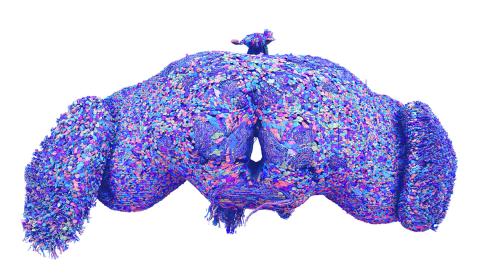Researchers Map Neural Connections of Fruit Fly Brain

Photo: TYLER SLOAN/PRINCETON UNIVERSITY
Now that the fruit fly connectome has been established, the same methodology could be used to rapidly create similar maps in larger-brained animals. The new map might serve as a reference to understand how a host of human mutations affect brain connections.
